

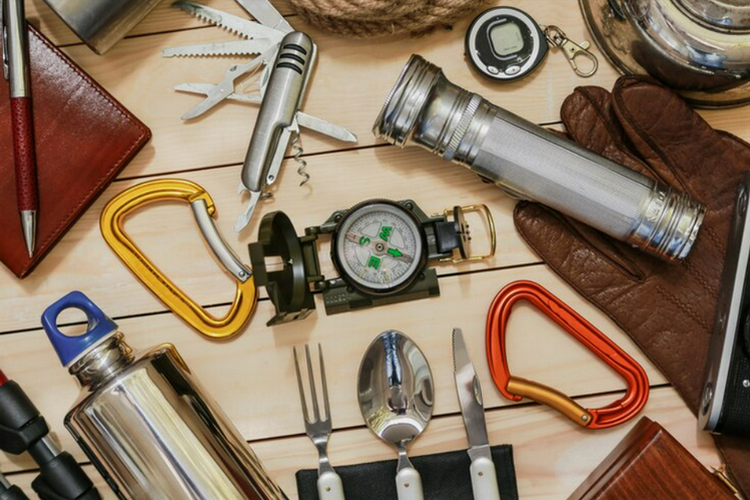
Emergency evacuations are difficult and stressful for anyone. For families with special needs children, an evacuation could present such a challenge that making plans and looking for some tips becomes critically necessary. However, not everyone has a plan to prepare for a disaster, let alone an idea of where to begin.
Emergency preparedness for a disaster is something we all should take seriously and we all tend to put off because we don’t have the time or perhaps the desire to think about it. Emergency evacuations become suddenly necessary at times, and without a plan in place for a disaster, those emergency evacuations can turn our lives upside-down in an instant.
So, the disaster that sparked an evacuation creates a second level of disaster in our lives when we are forced out of our homes, schools, or offices with little warning and no supplies. Coping with the fallout and surviving successfully depends on our preparedness.
In part one of this blog post, information was given on what to consider as you form evacuation tips for families with special needs children. General lists were provided as a way to begin addressing an evacuation plan.
We highlighted the six Ps of our evacuation tips for families with special needs children: Papers, Prescriptions, Pictures, Personal Devices, Plastic, and People/Pets. And within that framework, there were basic things to consider as part of a comprehensive evacuation plan: financial and personal documents, health-related items, sentimental items, clothing, and vehicle preparation.
As you create an evacuation plan for the possibility of emergency evacuations, you must design your plan based on the unique needs of families with special needs children. Many generic evacuation plans “out there” do not know your family’s circumstances or what the person with a disability may require.
There are often specific medical concerns, physical challenges, special diets, and prescription medications plus communication devices or companion animals. All of this must be considered as you formulate a master plan and gather supplies during a disaster. As part of our evacuation tips, don’t rely on anyone but yourself to create your plan and collect supplies.
It is crucial to remind yourself that you and your family may not be home when emergency evacuations are ordered. A wise plan must take into consideration that you may need to leave from a location outside of your home, and you may not be able to return home for quite some time.
With that in mind, it is important to have all the supplies both at home and your workplace or school ready to go. You can accomplish this by stocking containers or backpacks to keep at home and also preparing smaller “to go” versions that you keep in other locations, including your vehicle.
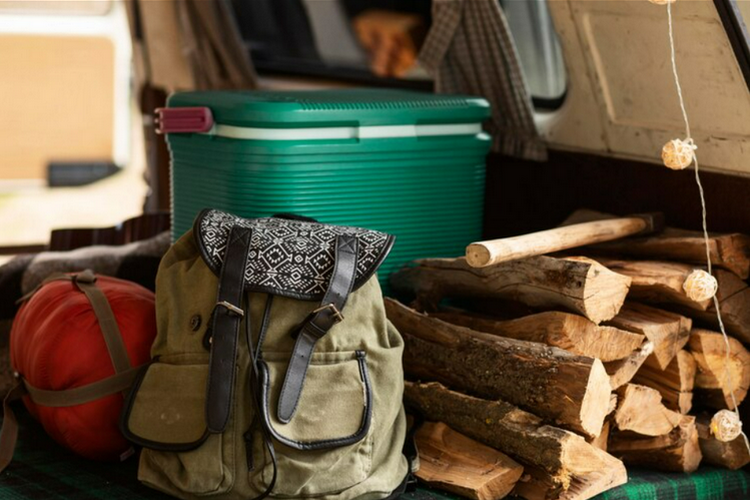
Another thing that we consider in our evacuation tips is that the containers or backpacks you choose for storing your evacuation essentials should be easy to grab, easy to lift, and easy to carry. They should be weatherproof, if possible, and water repellent.
They should have your family’s name on them along with a phone number (emergency evacuation centers and shelters can be chaotic; this helps keep track of your belongings). Here is one cool backpack for earthquakes and other disasters.
Some people use cardboard boxes or totes or even garbage cans for their evacuation supplies; if you can transport those easily, that could work. But think about who will lift those items when it comes down to it. They can become heavy and unsteady.
Backpacks make a good choice and can be found inexpensively at thrift stores, bargain stores, and back-to-school clearance sales. Perhaps laminating your evacuation lists and securing them to the backpacks is also a good idea.
You’ll know what’s contained inside and if time permits you can review them before you leave. If you really want to go crazy, each person’s backpack can be his/her favorite color. This makes it easy to remember what to grab when leaving.
In addition to our evacuation tips, the way you organize for an evacuation, preferably ahead of time of a disaster and not when an evacuation is imminent, depends on the circumstances of families with special needs children. Rank the items you want to include by importance and assemble what you need ahead of time.
Consider making copies of all financial records, insurance documents, and other papers so you can keep originals either in their own locations or in a fireproof safe. Remember to check and update your copies on a yearly basis if necessary. Once all your documents are secured, consider storing them on a flash drive that is also in one of your evacuation backpacks.
A word of caution: it is better to store your evacuation packs indoors where temperatures are less likely to fluctuate and cause damage to flash drives, food, medicine, etc. Furthermore, garages can be adversely affected by fires, floods, and pests.
If you are evacuating when the power is out, opening the garage door may prove impossible too, so keep your evacuation supplies in the house on the ground floor.

It is recommended that for an evacuation you have adequate supplies for 72 hours (or six days) per person. (Actually, this is the recommendation for sheltering at home too).
This includes food and water, medication, hygiene items, clothing, bedding, shelter, amusement, and emergency equipment. These are the essentials your family would need for immediate survival. Here are some tips for your “immediate survival evacuation plan”:
Obviously, you must take into account special diets and food allergies. It may be trickier to find foods your special needs child can eat that have a long shelf life (12 months is the standard recommendation). Try to steer clear of salty foods as this creates thirst.
Look for nutrient-dense bars. Also, consider storing some comfort food items (like candy or other sweet treats). One hint: peppermint permeates – so anything stored with it will take on mint scent and flavor.
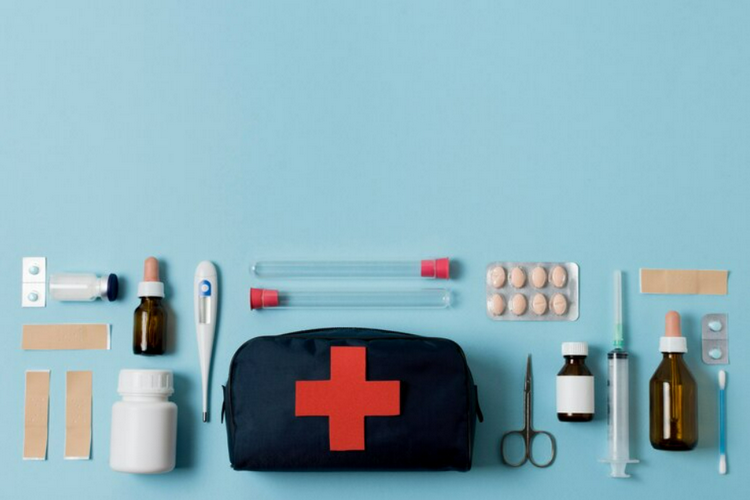
Consider asking your doctor for an extra supply of critical medication just for the purpose of storing it for an evacuation. Most physicians will do this. Also, have a list of all prescriptions and all supplements with where you get them and what the doses are for each person. You can even take photos of medication bottles with your phone as a backup.
Think about what you’d take on an airplane or road trip… travel-sized toothpaste, shampoo, soap, deodorant, sunscreen, and more. Plus, you’ll be glad to have toilet and tissue paper and wipes, along with hand sanitizer. Don’t forget incontinence and menstruation supplies if necessary.

A Pinterest post suggested having solid, brightly colored t-shirts that match everyone in the family. This could be especially helpful for a special needs child or teen who may be overwhelmed in a chaotic environment – it will help with spotting family members.
Another suggestion would be to have in your kit a white t-shirt with your child’s name, your phone number, and crucial information written on it in Sharpee (e.g. uses iPad to communicate or wears noise-reducing earphones or allergic to wheat). This helps responders and crisis center workers know important information immediately.
A few more tips – go with one outfit for cold weather, one for hot weather, and pack pants and shorts instead of jeans. Denim is heavy and if wet, takes a long time to dry. Don’t forget sweatshirts, coats, gloves, and warm socks. Even during summer, nights can be cool.
For a special needs child, think about pajamas that will be familiar and comforting during an evacuation. If your special needs child has a favorite toy or stuffed animal, now is the time to find its twin and stash it in an evacuation backpack.
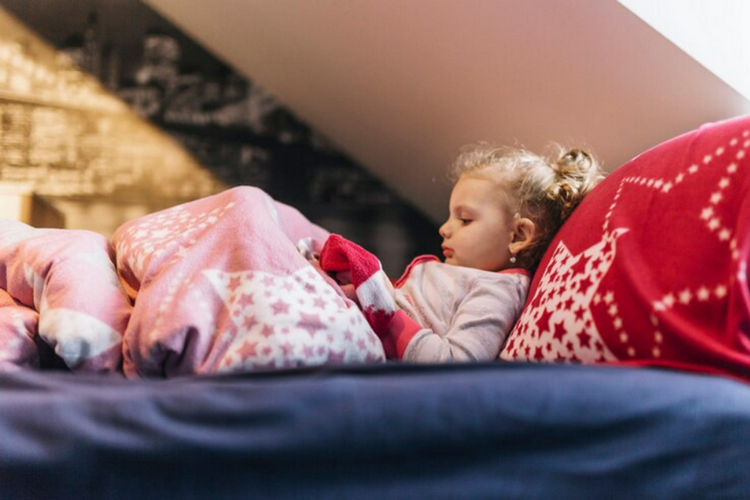
Think thin instead of bulky. Blankets, comforters, and pillows are hard to stuff in a backpack. Go for a reflective blanket and a pre-rolled sleeping bag. Again, consider what is going to give your child a sense of comfort and familiarity.
Evacuees might not know if they will be evacuated to a building or if they can find a hotel, so it’s not a bad idea to have a tent for privacy and warmth. Consider a tarp for lining the base of the tent. If there is a risk of the special needs child running off while you sleep, consider using safety wrist cuffs or a toddler harness. Bigger child or teen? Check this out.
Keeping a special needs person entertained during an evacuation is hard. Again, think about what you might take on a road trip or on an airplane. Have a bag of fun little toys and games. If you have young children, consider wrapping those toys and games in the festive paper just like a birthday gift. This might alleviate some stress when staying someplace unfamiliar.
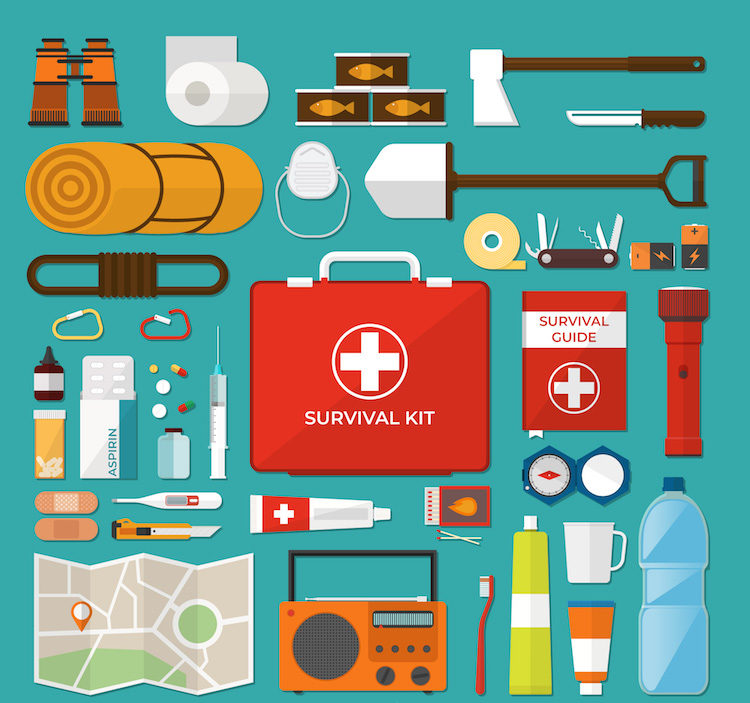
Think about the basics. Flashlights with batteries. A crank radio. A whistle. A first-aid kit. Trash bags. Markers and paper. A small shovel. A utility knife. Matches. A compass. A lantern. Gloves and/or hand warmers. Some people prepare evacuation packs with camping gear – small stoves, fishing poles, water purifying tablets. Just decide what’s important to you and what your special needs child will require.
For your family’s long term survival, please read part one HERE for some general information, and read below for a more comprehensive list:
•birth certificates (for all family members)
•insurance papers (life, auto, home, health)
• legal documents (conservatorship papers, IEP documents)
•medical documents (vaccination records, health histories)
•licenses (marriage, drivers, fishing, hunting, work-related)
•housing (deeds, titles, rental agreement)
•tax statements
• bank statements
•financial account statements
•phone numbers (friends, relatives, neighbors, coworkers)
•passwords
•cash, checkbooks, savings books
•living trust or will
•diplomas or academic degrees/certificates
•pet records (vaccinations, registration)
•school transcripts
•vehicle registration and title
•copies of credit cards and drivers’ licenses
•family heirlooms (know ahead of time which ones are the most important and valuable)
•original paintings and the artwork
•photos, home movies, albums, scrapbooks
•antiques
•collectibles
•meaningful jewelry
•baby books or quilts
•reading material (favorite books, adult and children’s)
•souvenirs from trips
Having a complete evacuation plan which includes what to take, where to go, and how to get there requires much forethought and ample planning. Disasters happen around us; we are reminded of the need for a solid evacuation plan.
For families with special needs children, the need for a good plan is more critical. Therefore, when you create evacuation packs long before the need for them arises, you are increasing your chances of a successful evacuation. Certainly, the most important aspect of any disaster situation is the saving of lives; sometimes all our good evacuation plans are for naught.
If you have to get out with just the clothes on your back, then you do. But, if you can plan ahead and have some supplies ready along with documents you don’t want to lose, then you could be a little better off.
For our Special Needs Resources click HERE
For more Special Needs Blog Posts click HERE
For Keri Horon’s Autism Blog click HERE
To view Part 1 of this Blog click HERE
Just enter your email address below and you’ll get an email every time we publish a new post!
Categories :
Tags :
Keri is a special needs parent and a veteran high school English and journalism teacher turned writer. She enjoys reading, hiking, gardening, cooking, traveling, wine tasting, and practicing yoga. Both she and her son love to create art. She has a passion for educating people on all things autism. Visit her blog at https://kerimehome.com.
View All PostsNotifications